Some haircuts are meant to stand the test of time, but others… well, not so much. Over the years, we’ve seen trends come and go, with certain styles left behind in the dust of hair history. While they may have been all the rage in their time, looking back now, it’s easy to see why they didn’t make the cut for the modern day.
In this list, we’re taking a look at 21 old-school haircuts that, for better or worse, feel like they belong to a different era. These hairdos were once the height of cool, but now they might leave us cringing or laughing. It’s fascinating how quickly trends can go out of style, and these cuts are a perfect example of just how much things have changed in the world of hair.
The Pompadour
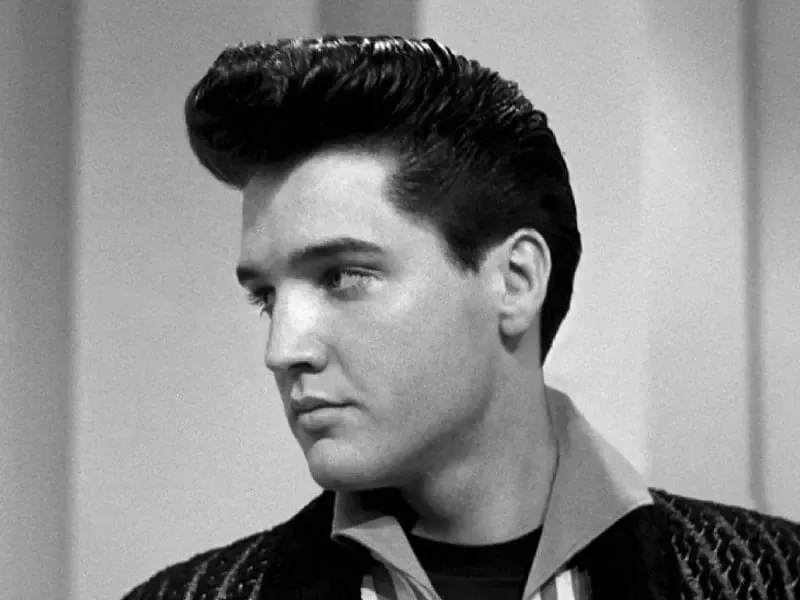
The pompadour, with its high, voluminous front, was a symbol of rebellion and style in the 1950s. Imagine Elvis Presley crooning with his hair perfectly coiffed, capturing hearts worldwide.
This hairstyle required dedication, with hair products to maintain its structure and shine.
Though less common today, the pompadour occasionally resurfaces, adding flair to modern looks. Its structured elegance can still be spotted on daring fashion enthusiasts.
This haircut’s power lies in its ability to transform ordinary appearances into iconic silhouettes, reminiscent of rock ‘n’ roll days.
Did you know? The pompadour was named after Madame de Pompadour, a mistress of King Louis XV, who wore her hair similarly elevated.
The Mullet
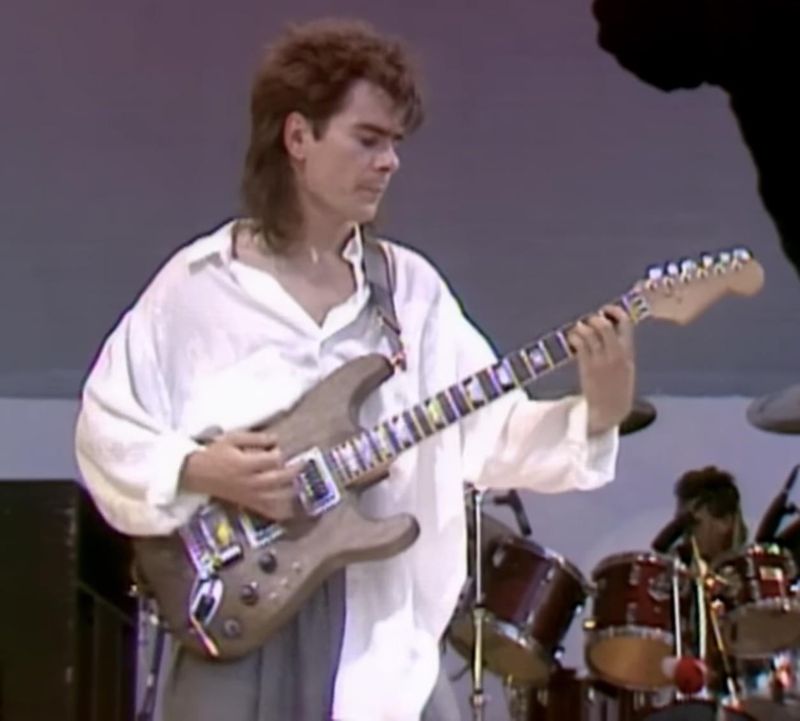
The mullet, a hairstyle synonymous with the phrase “business in the front, party in the back,” was a defining look of the 1980s. This dual-personality cut was embraced by everyone from rockstars to rugby players, making it a universal symbol of cool.
Despite its peculiar shape, the mullet was incredibly versatile, suiting a variety of hair textures and lengths. Its resurgence in recent years proves its timeless appeal, albeit with a modern twist.
Fun Fact: The term “mullet” was popularized by the Beastie Boys in their 1994 song “Mullet Head.
The Bowl Cut
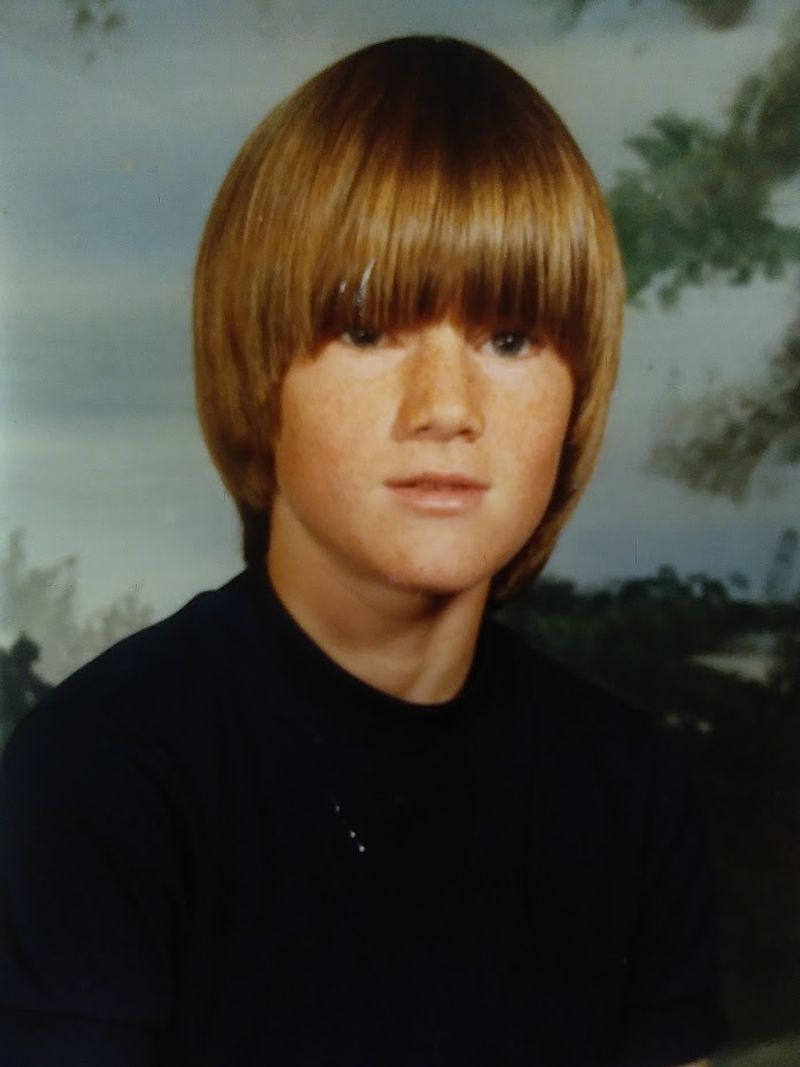
The bowl cut, often the bane of school picture days, evokes a sense of innocence and simplicity. Its name originates from the method of cutting: placing a bowl on the head and trimming the hair around it.
While it may seem outdated, this haircut occasionally finds its way back into the spotlight, especially among trendsetters seeking a quirky look. Its geometric symmetry offers a unique style statement, albeit with a hint of nostalgia.
Many parents favored this cut for its ease, making it a staple in many childhood photo albums.
The Beehive
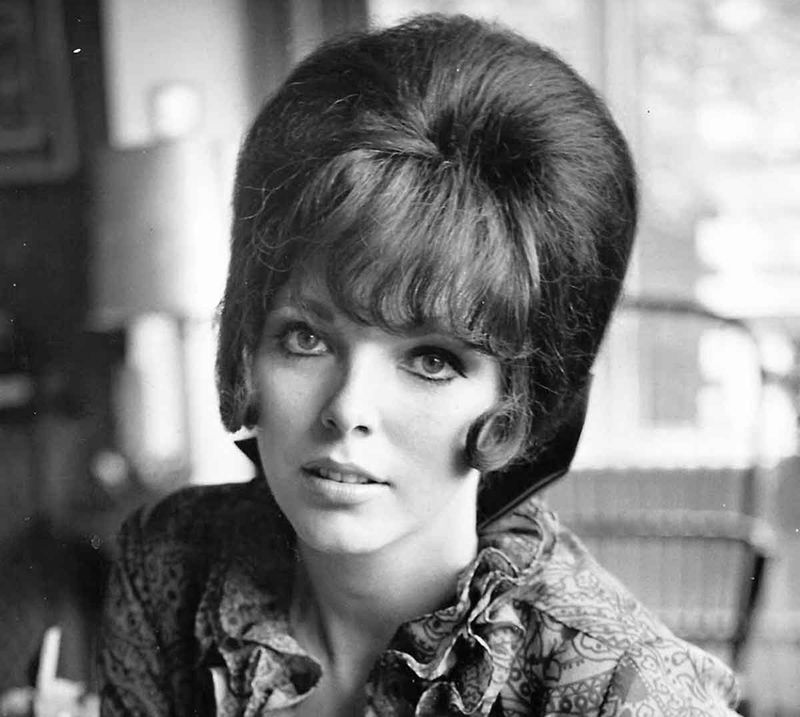
The beehive, a towering construction of hair, epitomized the boldness of the 1960s. Women would spend hours teasing and spraying their hair into this iconic shape, often adorned with bows or flowers.
Though it might seem impractical today, the beehive was a status symbol, representing glamour and sophistication. Its influence can still be seen in modern editorials and fashion shows, where it’s reinvented in avant-garde ways.
Did you know? The beehive was created by Margaret Vinci Heldt, who was inspired by a fez hat.
The Mohawk
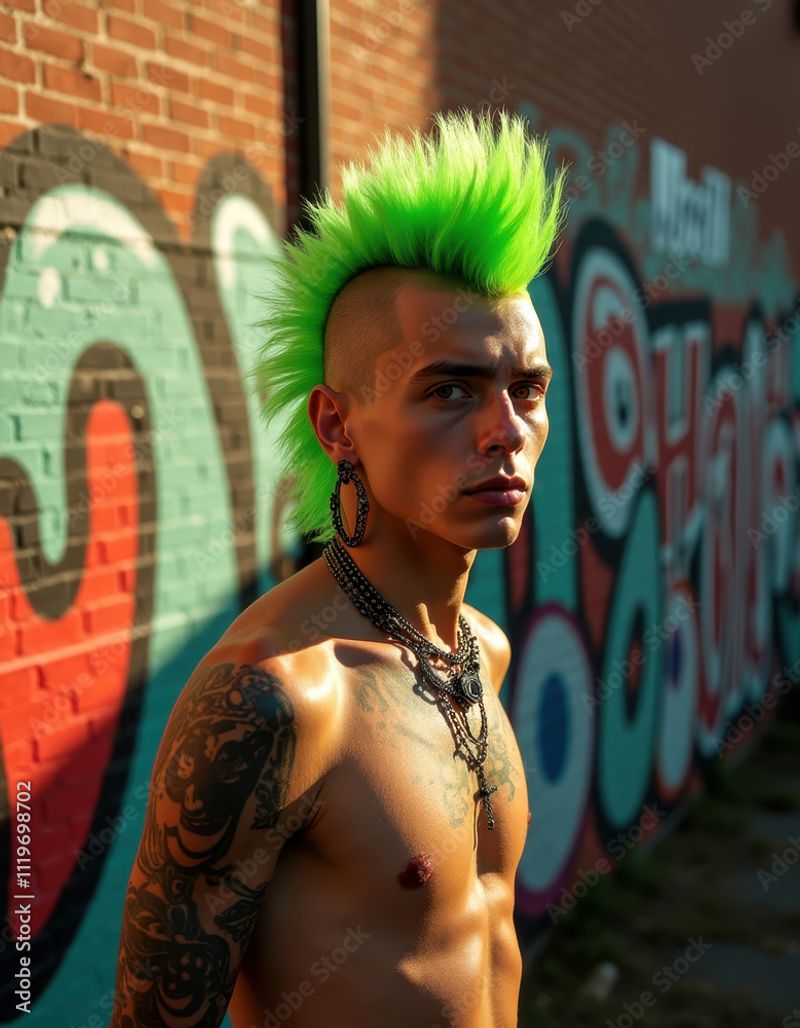
The mohawk, with its shaved sides and bold strip of upright hair, is a hairstyle that screams rebellion. Traditionally associated with punk culture, this dramatic look demands attention and respect.
Despite its edgy reputation, the mohawk has evolved over the years, appearing in various lengths, colors, and textures. It’s a testament to individuality and a refusal to conform to societal norms.
Fun Fact: The mohawk is named after the indigenous Mohawk people, although their traditional hairstyle was quite different.
The Ducktail
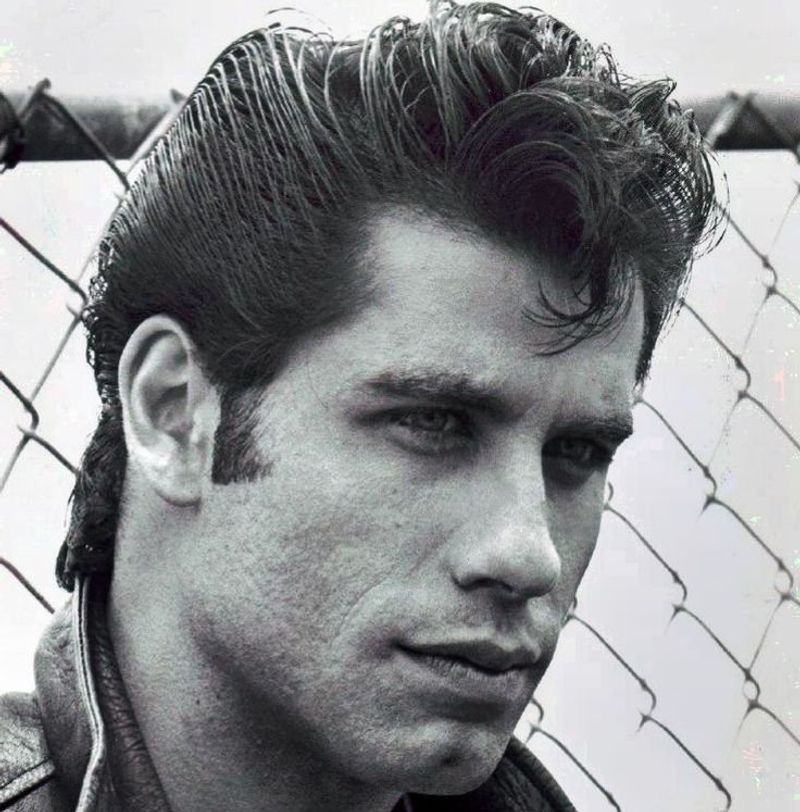
The ducktail, or “DA” (duck’s ass), was a staple of 1950s greaser culture. This slick style involved combing the sides of the hair back to meet in the center, creating a rear view resembling a duck’s tail.
While maintaining a ducktail required effort and ample pomade, it exuded a sense of cool that was irresistible. It was the perfect complement to leather jackets and rock ‘n’ roll music.
Today, the ducktail is a nostalgic nod to a bygone era, occasionally revived by those seeking a retro flair.
The Rat Tail
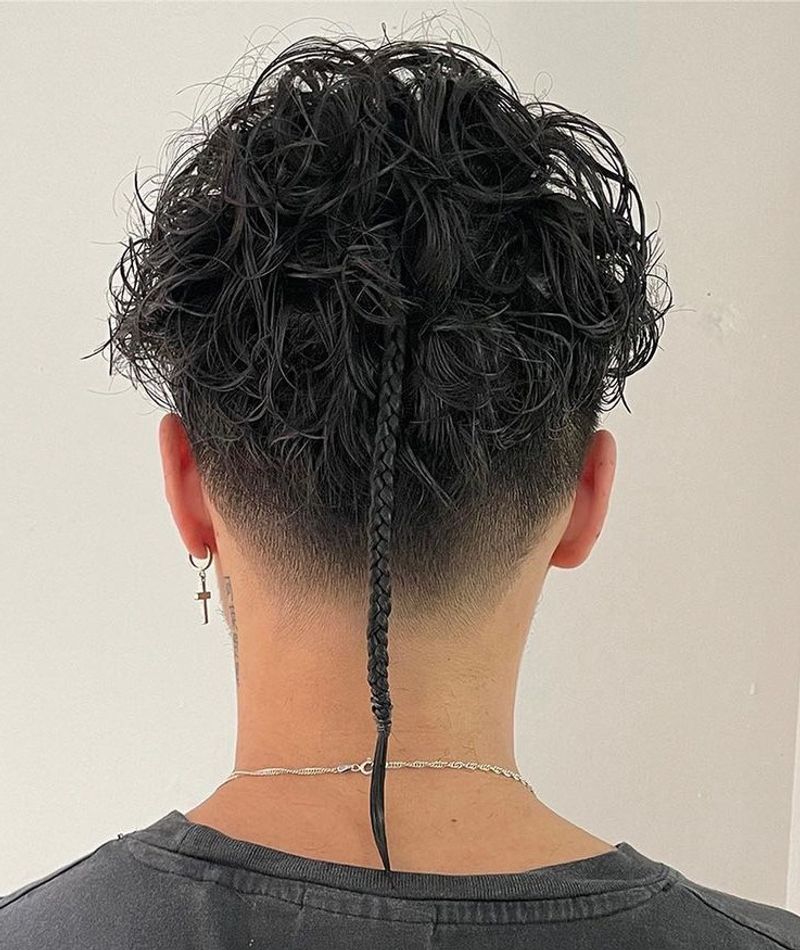
The rat tail is a peculiar hairstyle, featuring a small section of longer hair at the nape of an otherwise short haircut. Popular in the 1980s and early ’90s, it was often viewed as a playful rebellion against conventional hair norms.
Though it’s largely fallen out of favor, the rat tail occasionally pops up as a quirky nod to retro fashion. Its understated yet bold nature makes it a conversation starter.
Did you know? The rat tail has been spotted in various cultures throughout history, each attaching its own significance to the style.
The Flat Top
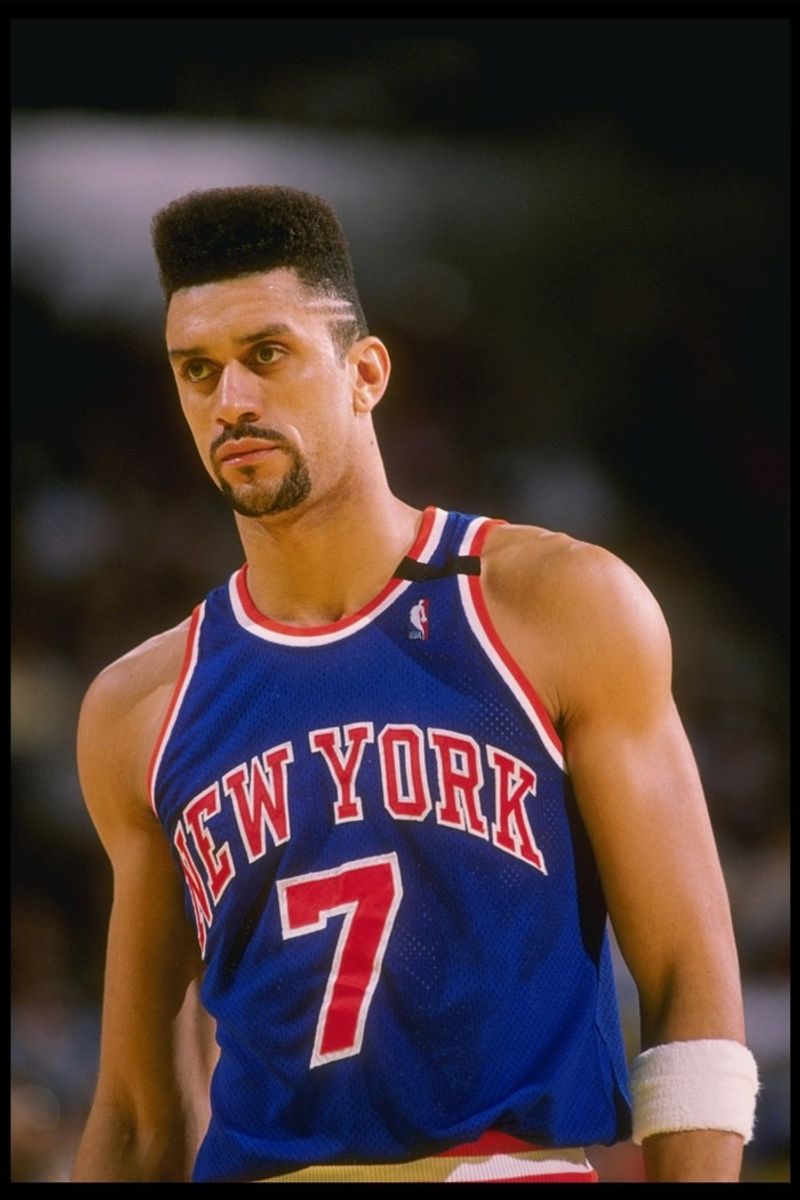
The flat top, characterized by its high, flat-cut top and short sides, was a defining look of the late ’80s and early ’90s. This geometric hairstyle was especially popular in the hip-hop community, symbolizing both style and defiance.
While it requires regular trips to the barber for maintenance, the flat top’s distinctive silhouette remains a favorite for those with curly or kinky hair. Its sharp angles and bold shape continue to inspire modern variations.
Fun Fact: The flat top was popularized by stars like Will Smith and Kid ‘n Play during their rise to fame.
The Shag
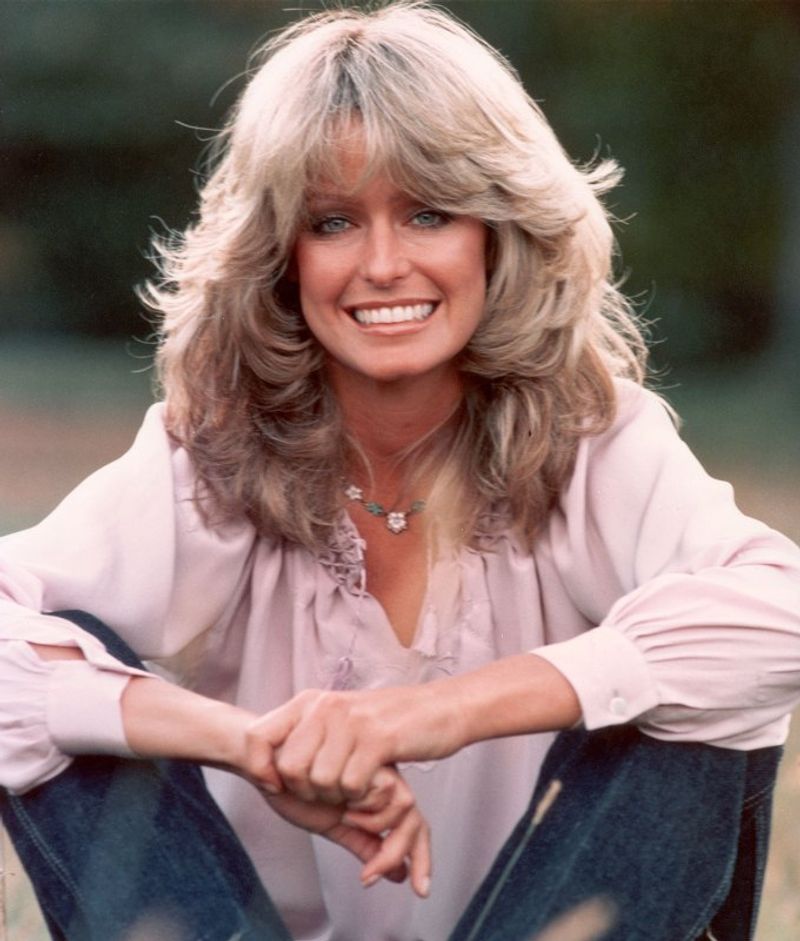
The shag haircut, with its layers and choppy bangs, exudes a carefree, bohemian vibe. Born in the 1960s, it gained immense popularity in the 1970s, becoming synonymous with rock stars and free spirits.
This versatile cut works well for various hair types, providing volume and movement. Despite its retro roots, the shag has made a comeback, appealing to those who crave texture and a laid-back style.
Did you know? The shag was made famous by celebrities like Jane Fonda, who sported it in the film “Klute.
The Pageboy
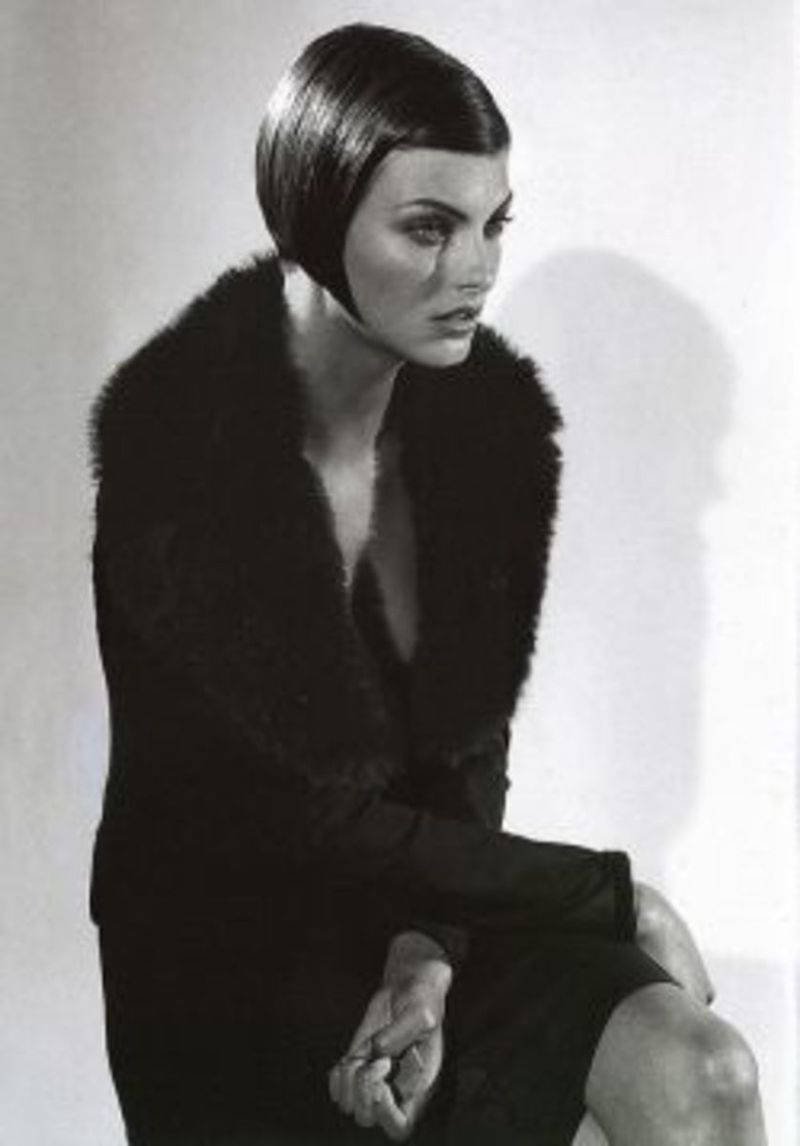
The pageboy, with its straight bangs and sleek, rounded edges, harks back to the flapper era of the 1920s. This haircut was a symbol of women’s liberation, embracing a more carefree lifestyle.
Though it may seem old-fashioned, the pageboy has reemerged in modern fashion circles, celebrated for its timeless elegance. Its clean lines and structured form offer a polished look that’s hard to beat.
Fun Fact: The pageboy is named after the hairstyles worn by young pages, or attendants, in the medieval courts.
The Crew Cut
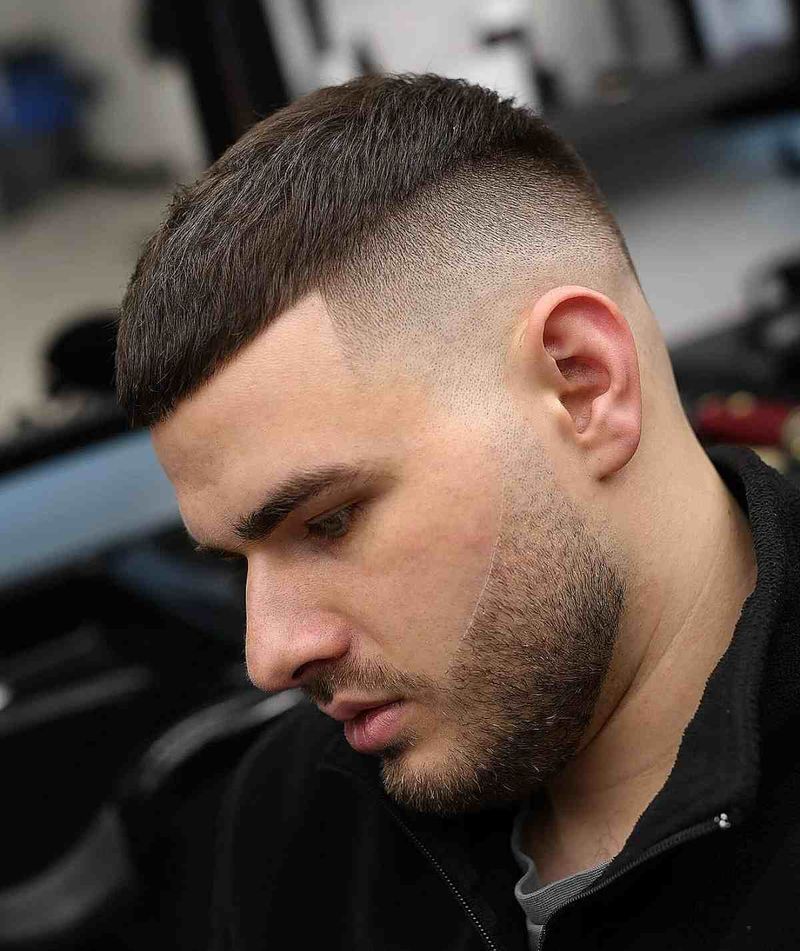
The crew cut, originally a military staple, is all about precision and practicality. With its very short top and even shorter sides, it epitomizes discipline and order.
While its no-nonsense appearance might seem plain, the crew cut offers a clean, low-maintenance option that never truly goes out of style. It’s perfect for those who prioritize function over flair.
Did you know? The crew cut gained popularity in the 1940s and ’50s, as soldiers returned from war, bringing the style to the civilian world.
The Liberty Spikes
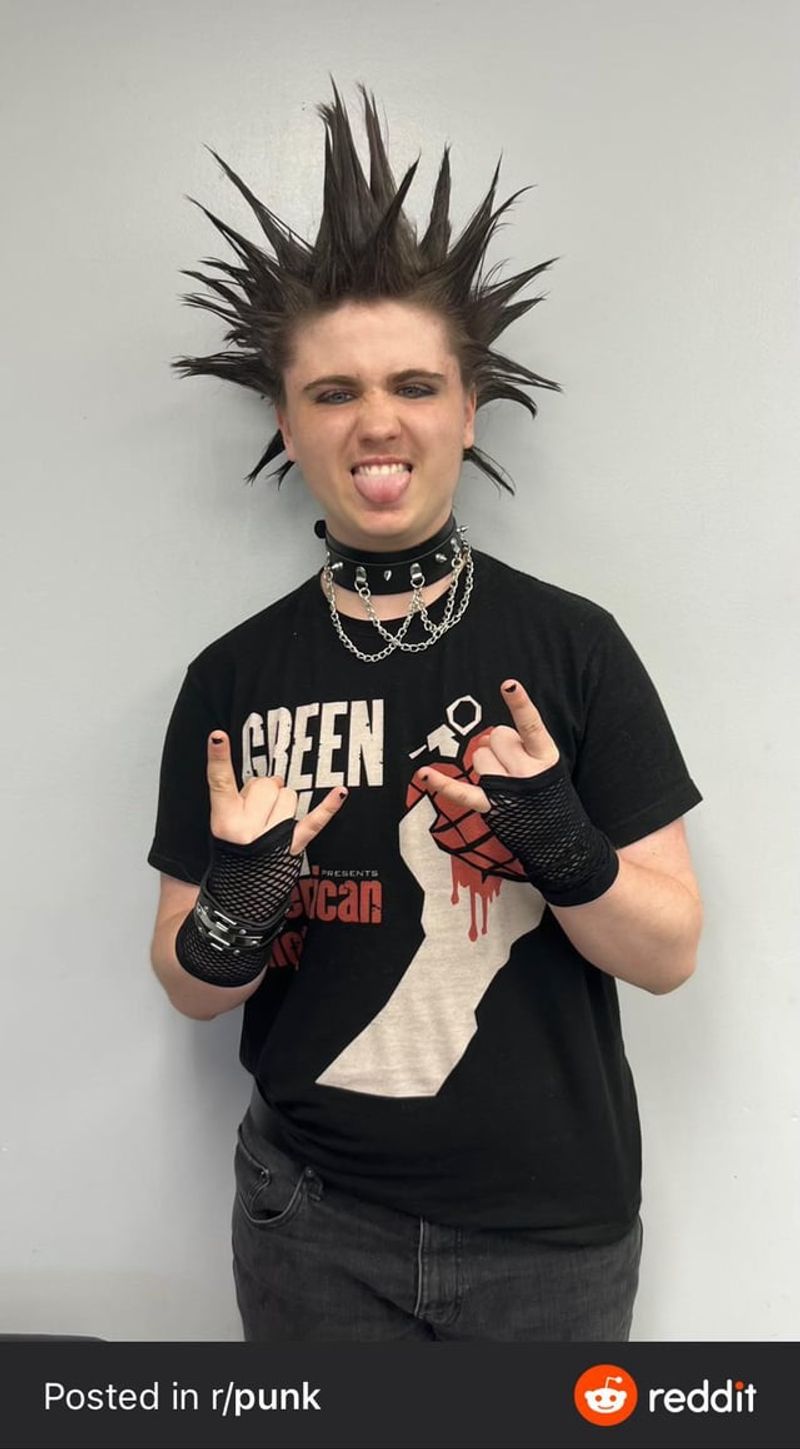
Liberty spikes take the mohawk to the extreme, with long, pointed spikes that defy gravity. This bold hairstyle is a cornerstone of punk culture, challenging conventions and celebrating individuality.
Creating liberty spikes requires commitment and copious amounts of gel or hairspray, but the result is a striking silhouette that commands attention. Though not a common everyday look, it’s embraced by those daring enough to stand out in a crowd.
Fun Fact: The name “liberty spikes” comes from their resemblance to the spikes on the Statue of Liberty’s crown.
The Finger Waves
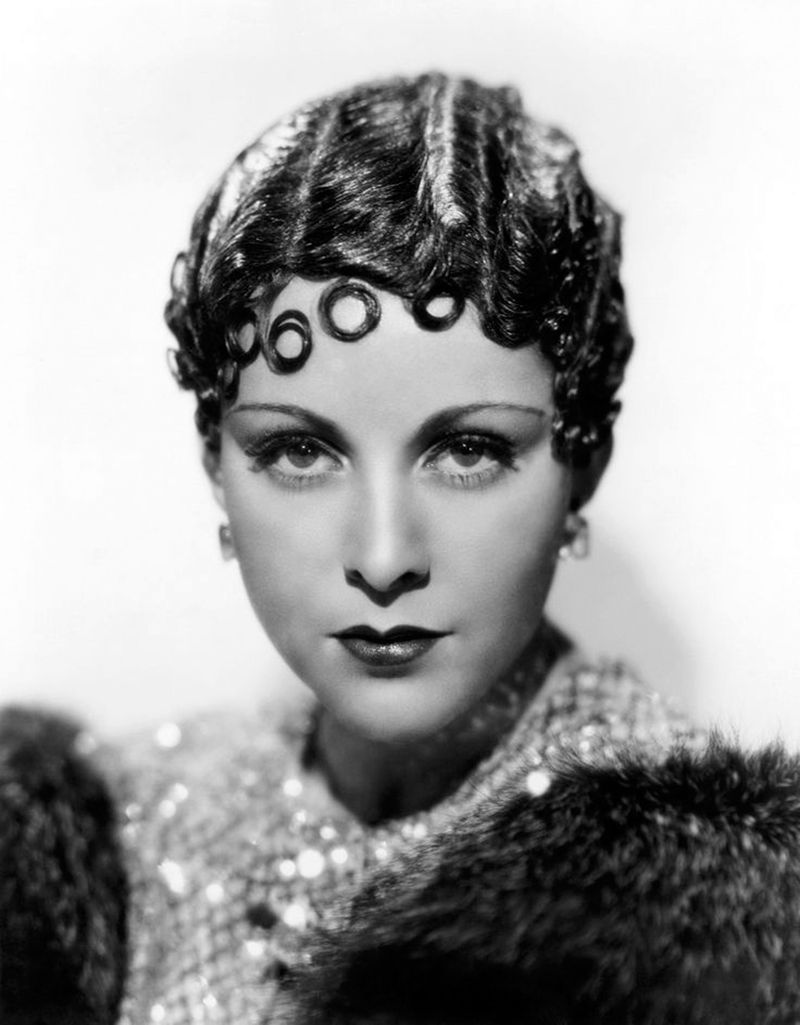
Finger waves, with their meticulously sculpted waves, bring to mind the glamour of the 1920s and ’30s. This hairstyle required skill and patience, as each wave was shaped by hand, often using a comb and setting lotion.
Despite its vintage appeal, finger waves have experienced a resurgence in recent years, gracing the heads of models and celebrities alike. Their smooth, glossy finish offers a touch of elegance and sophistication.
Did you know? Finger waves were a popular choice for flappers, embodying the spirit of the Jazz Age.
The Jheri Curl
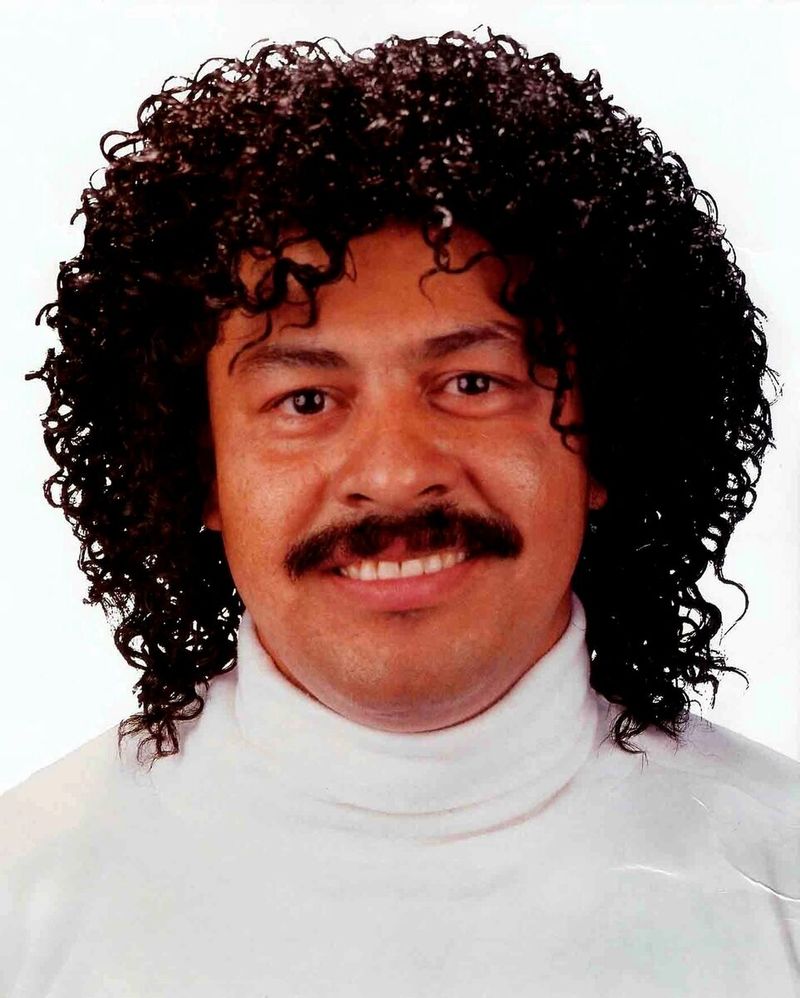
The Jheri curl, with its glossy, loose curls, became a cultural phenomenon in the 1980s. Popularized by celebrities like Michael Jackson, it offered a new way to wear curly hair with a soft, manageable texture.
Although it required regular maintenance and a specific set of products to maintain its appearance, the Jheri curl was loved for its shiny finish and bouncy curls. Today, it’s often referenced in pop culture as a nostalgic nod to the ’80s.
Fun Fact: The Jheri curl was named after its creator, Jheri Redding, a prominent hair care scientist.
The Bouffant
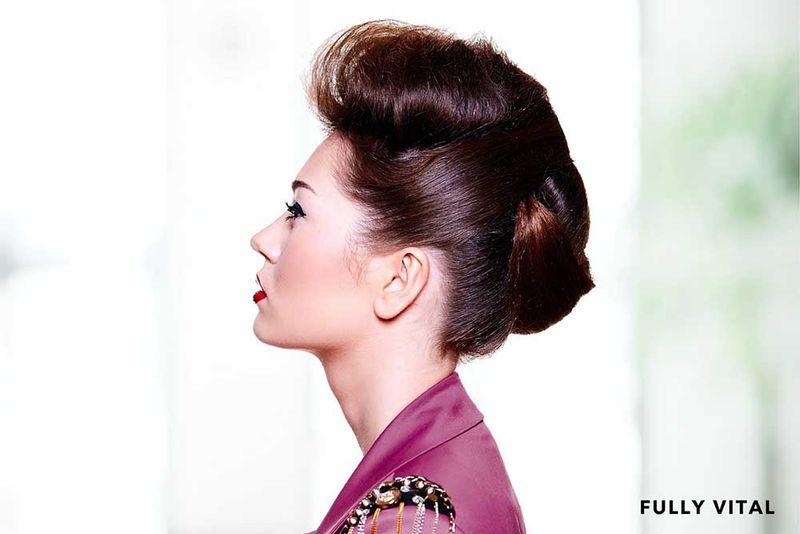
The bouffant, with its voluminous, high-rise shape, is a hairstyle that commands attention. Popular in the 1960s, it was often associated with glamour and sophistication, as seen on icons like Jackie Kennedy.
Creating a bouffant involved teasing the hair to create height, then smoothing the top layer for a polished finish. While less common today, it occasionally reappears in retro-inspired fashion shoots and events.
Did you know? The bouffant’s origins can be traced back to Marie Antoinette, who popularized towering hairstyles in the 18th century.
The Afro
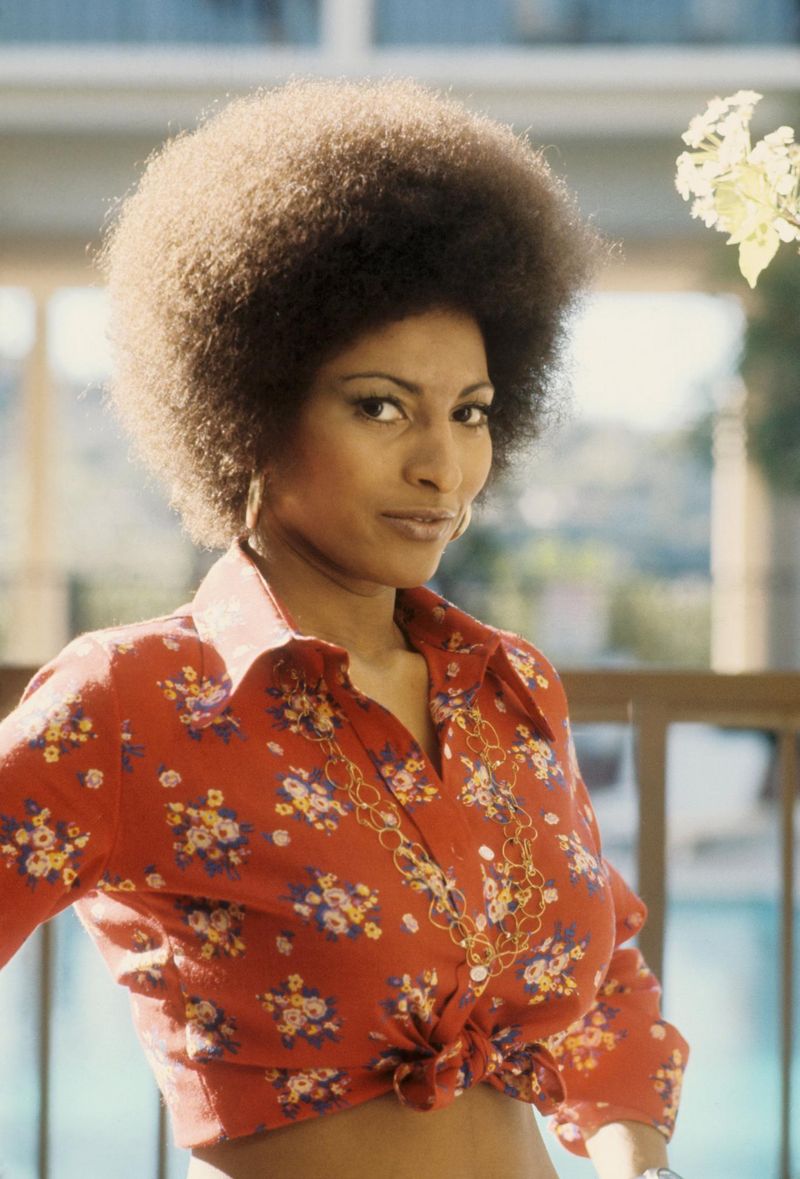
The afro, with its large, rounded shape, became a powerful symbol of black pride and identity in the 1960s and ’70s. This hairstyle celebrated natural texture and rejected societal pressures to conform to Eurocentric beauty standards.
While the afro requires careful maintenance to maintain its shape, its cultural significance and bold aesthetic make it a timeless choice. It remains a statement of empowerment and self-expression.
Fun Fact: The afro was popularized during the civil rights movement, becoming an emblem of resistance and solidarity.
The Side Part
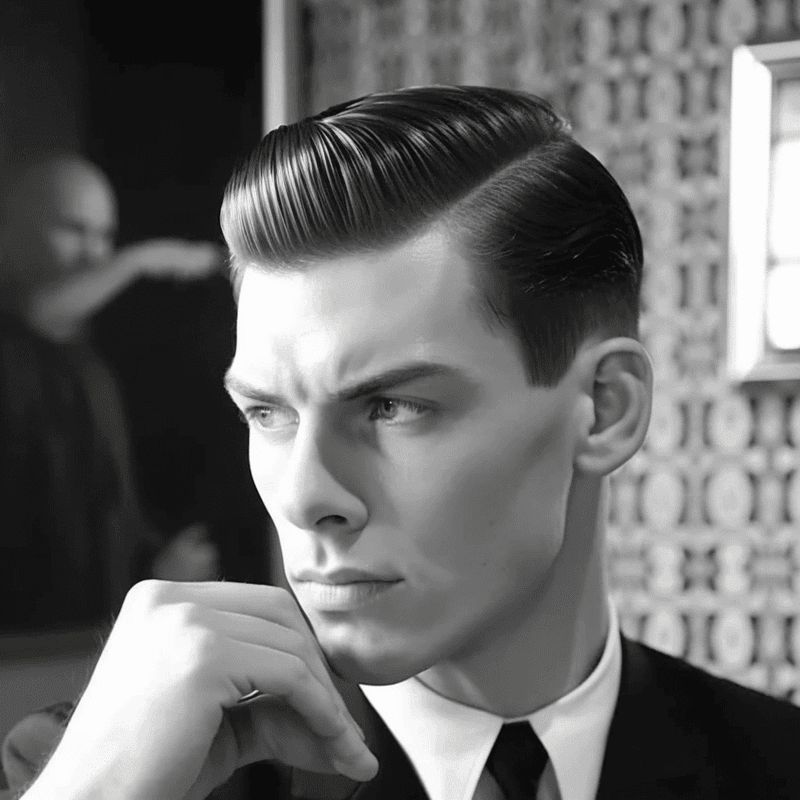
The side part, with its neatly combed arrangement and sharp parting line, is a timeless classic. Favored by businessmen in the 1950s, it exudes professionalism and order.
Despite its traditional appearance, the side part has adapted to modern styles, blending seamlessly with contemporary looks. Its simplicity and elegance make it a versatile choice for any occasion.
Did you know? The side part has been a staple since the early 20th century, continuously evolving with fashion trends.
The Quiff
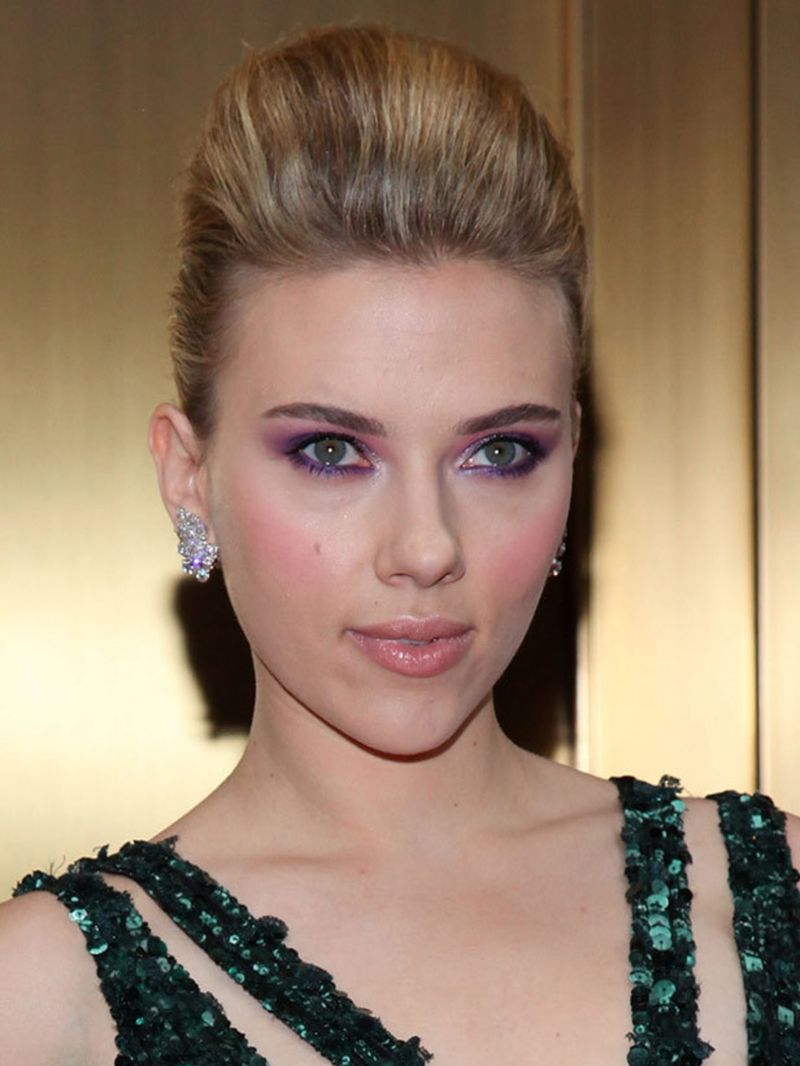
Ah, the quiff! This hairstyle, with its voluminous top and shorter sides, oozes mid-20th century charm.
Perfectly coiffed, the quiff was the go-to for rock ‘n’ roll icons.
Despite its once overwhelming popularity, today’s fashion scene sees the quiff as more of a historical artifact than a current trend. The maintenance required to keep that poof just right might be why it’s less favored among modern gents.
However, its allure is undeniable, conjuring images of jukeboxes and diners. If nostalgia calls, bringing back a hint of the quiff might just make for an interesting style statement at retro-themed events.
The French Roll
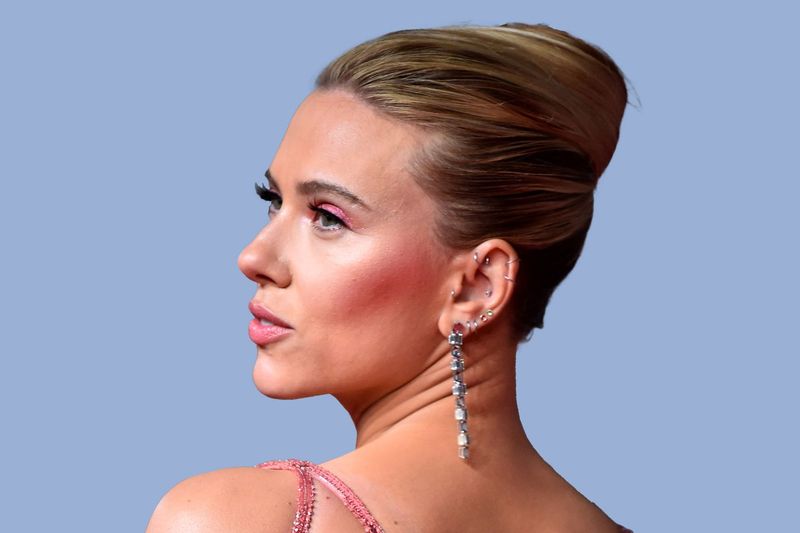
The French roll, a timeless updo, exudes grace and sophistication. This hairstyle was once the epitome of elegance for formal events and evening gatherings.
Its intricate twists and turns demand skill and patience, which might explain its diminished popularity in our fast-paced world. While it’s a masterpiece of hair art, many prefer the ease of loose waves or messy buns.
Nevertheless, the French roll holds a regal charm, perfect for occasions where elegance is key. It stands as a reminder of times when every hair was meticulously placed.
The Victory Rolls
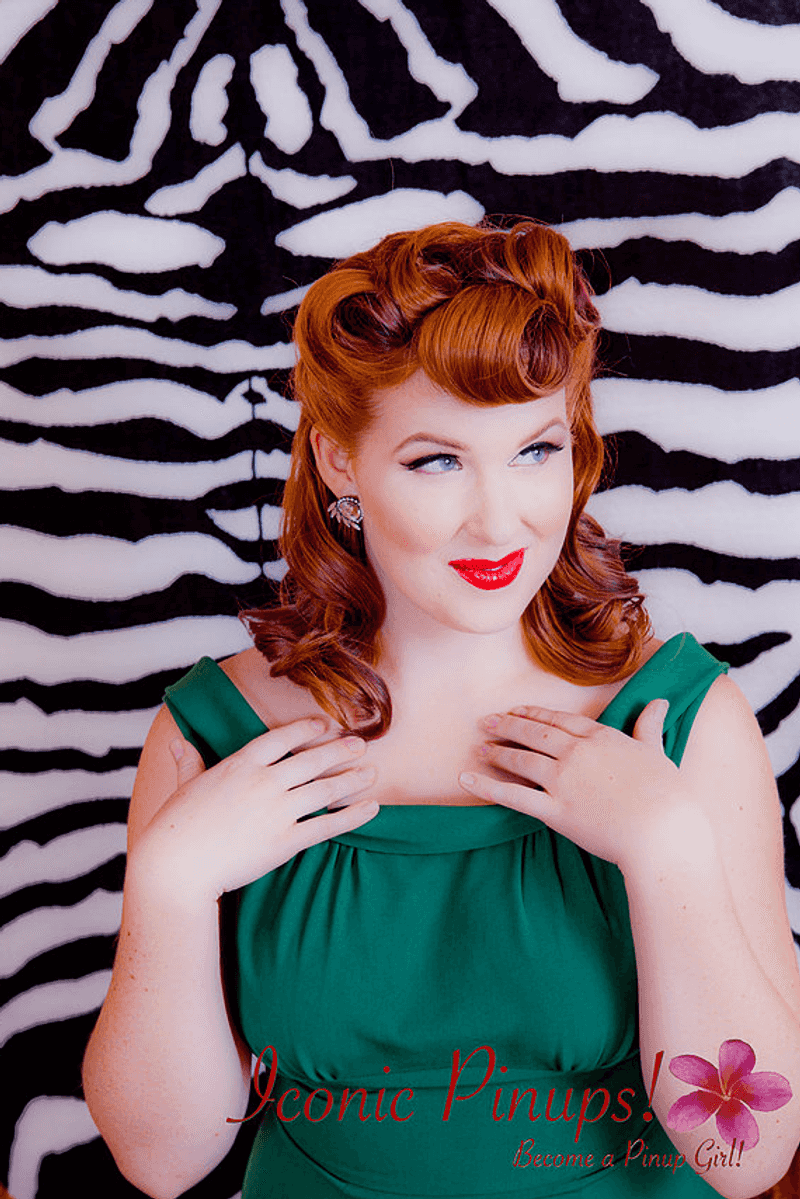
Victory rolls were more than just a hairstyle; they were a symbol of hope and resilience during the challenging times of World War II. Women wore them with pride, showcasing intricate rolls atop their heads.
Today, this hairstyle is often reserved for period films or themed parties. Its complex styling isn’t everyday practical, but it still captivates with its historical significance and aesthetic appeal.
For anyone wanting to relive the glories of yesteryears, victory rolls offer a beautiful nod to a past era defined by strength and style.
The Pixie Cut
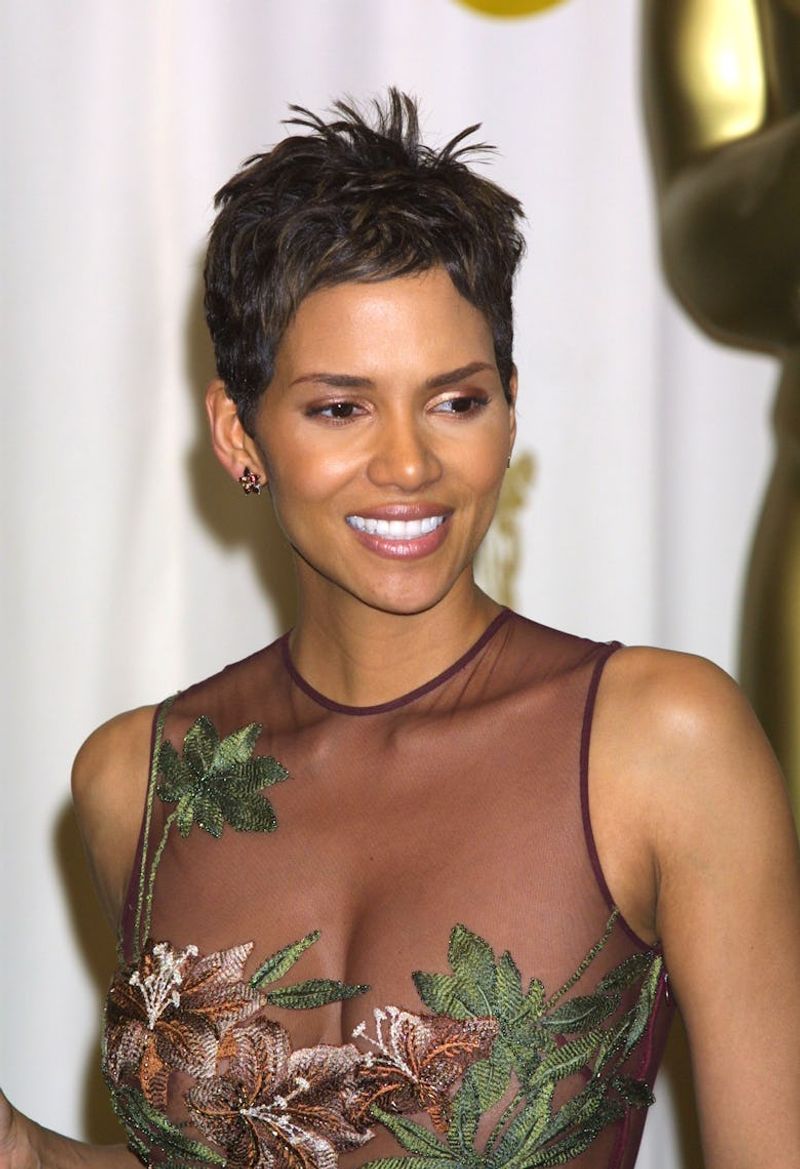
The pixie cut made waves in the 1960s as a bold statement of liberation and rebellion against traditional femininity. Its short and sassy style was embraced by icons who dared to defy norms.
In the world of ever-changing trends, the pixie cut occasionally resurfaces but never quite reaches its former glory. Its daring length isn’t for everyone, making it a niche choice in today’s style landscape.
Yet, the pixie cut remains an anthem for those seeking to break free from conventional beauty standards, offering a daring alternative to longer locks.
